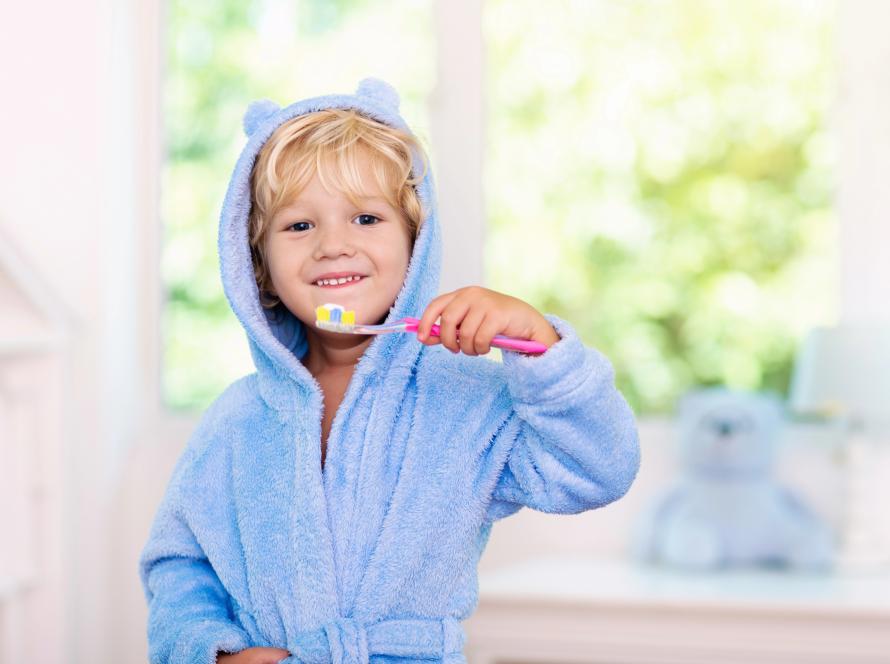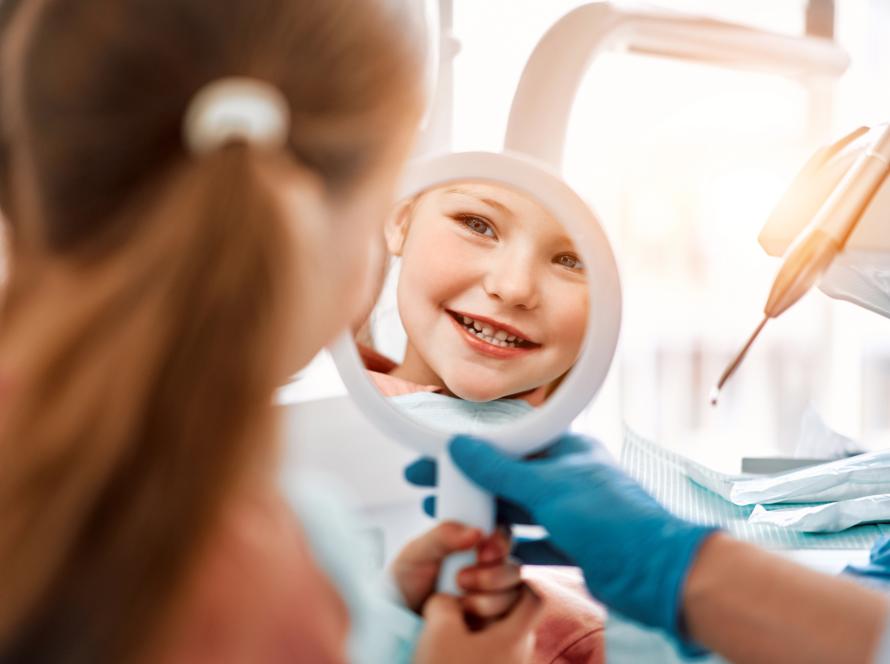Dental surgery can feel overwhelming for both kids and parents. Whether your child had a simple extraction or a more complex procedure under pediatric sleep dentistry, recovery is where you step in as the MVP. This guide covers the essentials, from the first 24 hours to keeping kids’ oral hygiene on track (without the tears).
The First 24 Hours: What to Expect & How to Help
The first day after surgery is all about managing swelling, bleeding, and your child’s emotions—especially if sedation was used. You’ll probably have a groggy, confused kid on your hands.
Here’s your quick action plan:
- Ice packs: 15 minute application on, 15 minutes off to manage swelling.
- Bleeding: A little is normal. Use clean gauze and have your child bite down gently.
- Food: Stick to soft foods like yogurt, applesauce, and mashed potatoes. No straws!
Your child might be scared or disoriented when they wake up. Keep your voice calm and use simple reassurances like:
- “You’re safe—your mouth just feels sleepy.”
- “The dentist fixed everything while you were resting.”
- “That funny feeling will wear off soon. We’re right here with you.”
Pediatric sleep dentistry helps minimize trauma, but it’s up to you to keep the calm vibe going at home. Dim the lights, grab their favorite blanket, and create a quiet recovery zone.
Hidden Recovery Helpers (It’s Not All About Pain Meds)
Sure, pain relief is part of recovery—but there are other little things that make a big difference.
- Hydration hacks: Popsicles, silly straws (just for fun, not sipping), and bright cups can make drinking more appealing.
- Breathing & posture tips:
-
- Encourage your child to sleep propped up with extra pillows.
-
- Keep an eye on mouth breathing—too much can slow healing.
- Holistic soothers: A bit of lavender mist or white noise can work wonders to calm those post-op nerves. These small touches tie into holistic kids’ dental care and make recovery feel less clinical.
Red Flags: What’s Normal, What’s Not
Most recoveries are smooth, but it’s good to know what warrants a call to your emergency kids’ dental provider.
Normal stuff:
- Mild swelling for 1–2 days.
- There is a little blood in the saliva.
- Low-grade fever (under 100.4°F).
Call your dentist ASAP if:
- Swelling suddenly gets worse or spreads.
- Bleeding doesn’t stop after 30 minutes of pressure.
- Fever over 101°F, pus, or a foul smell.
Trust your gut—if something feels off, it’s better to check in.
Keeping Kids’ Oral Hygiene on Track (Without the Drama)
Just because your child’s had surgery doesn’t mean kids’ oral hygiene takes a break! But yes—it’s tricky.
Try these hacks:
- First 24 hours: Skip brushing the surgical site, but clean other teeth as usual.
- Finger swipe: Wrap gauze around your finger and gently wipe teeth and gums if brushing feels like too much.
- Gentle water flossers: Set them to the lowest mode for older kids who can handle them.
- Keep it simple:
- “Even if it feels weird, we clean to keep your mouth healthy and help it heal faster.”
Celebrate Healing: The Power of a Bravery Ritual
One of the best ways to turn this experience from scary to empowering? Celebrate the wins.
- Bravery badges: Make a sticker chart or simple bracelet where your child earns a new charm for every milestone (like no more ice packs or full brushing sessions).
- Mini rewards: A new book, a movie night, or a small toy after a week of good hygiene can make a huge difference.
It’s about flipping the script from fear to pride—and it works.
Mind the Mood: Recovery Blues Are Real
One thing that often surprises parents? The emotional rollercoaster after surgery. Even with pediatric sleep dentistry, kids can feel:
- Extra clingy
- Cranky or irritable
- More tired than usual
This is normal! Their bodies are healing, and their emotions are catching up. Stay patient and remind them:
- “It’s okay to feel a bit off—your body is working hard to get better.”
Pediatric sleep dentistry helps make surgery easier, but recovery is a full family effort. Keep an eye on hydration, posture, and those little mood swings. Stay alert for any emergency kids’ dental red flags, and most importantly—celebrate your kid’s bravery every step of the way.


